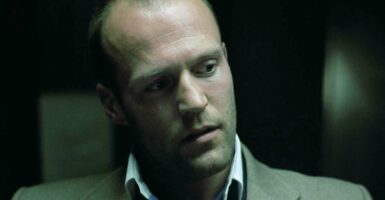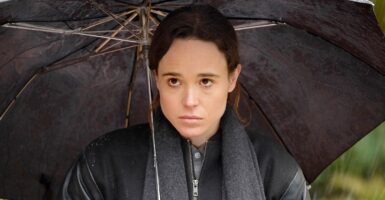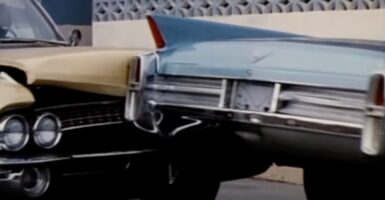The Classic Vampire Movie Accused Of Stealing From A Lost Film
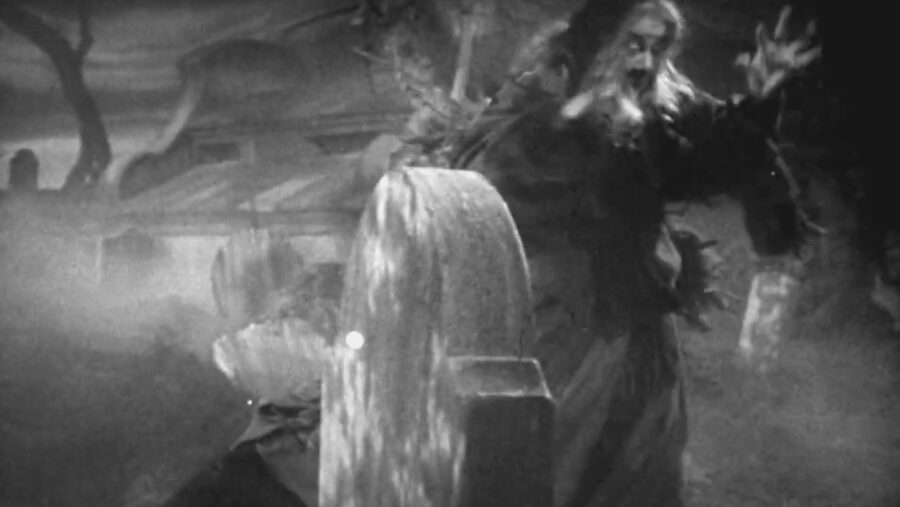
MGM’s Mark of the Vampire was produced in the early years of Hollywood’s golden age of horror films. The creative minds at Universal Studios brought audiences thrills with two of the greatest movie monsters in 1931 (Dracula and Frankenstein) but were at odds with Dracula director Tod Browning and released him to MGM. While there, Browning helped create one of MGM’s most notable horror entries from that era by essentially remaking the film London After Midnight and calling it Mark of the Vampire.
Bela Lugosi Stars In Mark Of The Vampire
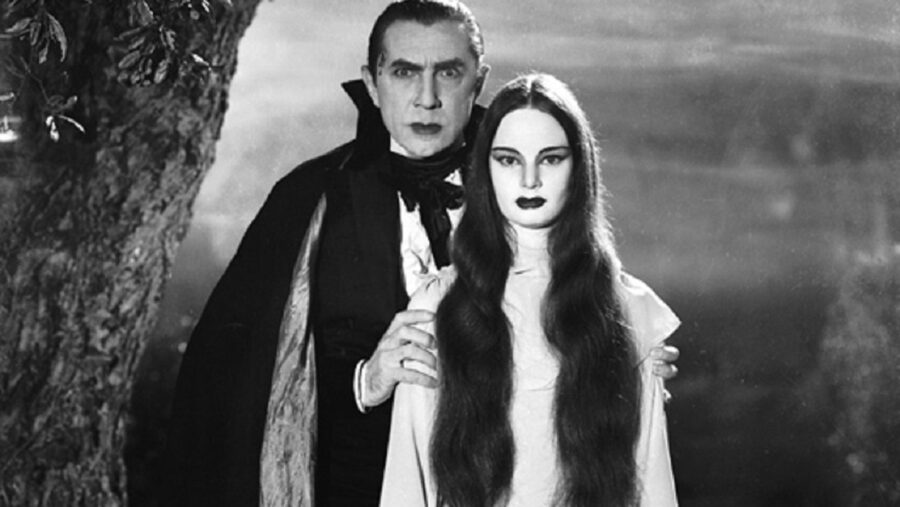
The 1935 film opens with a murder victim, Sir Karell Borotyn (Holmes Herbert), found in his home with marks on his neck that resemble tiny holes. When his body is examined by Dr. Doskil (Donald Meek), the physician and Borotyn’s friend Baron Otto von Zinden (Jean Hersholt) believe that the telltale marks mean a vampire is the culprit. In true classic Universal Horror fashion, the suspects in Mark of the Vampire are revealed to be two castle dwellers that live nearby, Count Mora (Bela Lugosi) and his daughter Luna (Carroll Borland).
A Completely Unexpected Twist Ending

Sir Karell’s daughter Irena (Elizabeth Allan) seems to be the next target of the vampires. The young woman is nearly attacked on more than one occasion by the undead, leading to a rogue party consisting of the Baron, a police inspector named Neumann (Lionel Atwill), and occult professor Zelen (Lionel Barrymore) making a trek to the castle that is believed to harbor Count Mora and his comradery of vampires.
But things are not as they appear in Mark of the Vampire. The hypnotism of an unlikely suspect reveals that the murder might not be the work of the undead, and a fiendish plot is uncovered. Without giving any spoilers, audiences walked into theaters believing that there was one definite antagonist but left in shock at how the murder really played out.
Bela Lugosi In Dracula
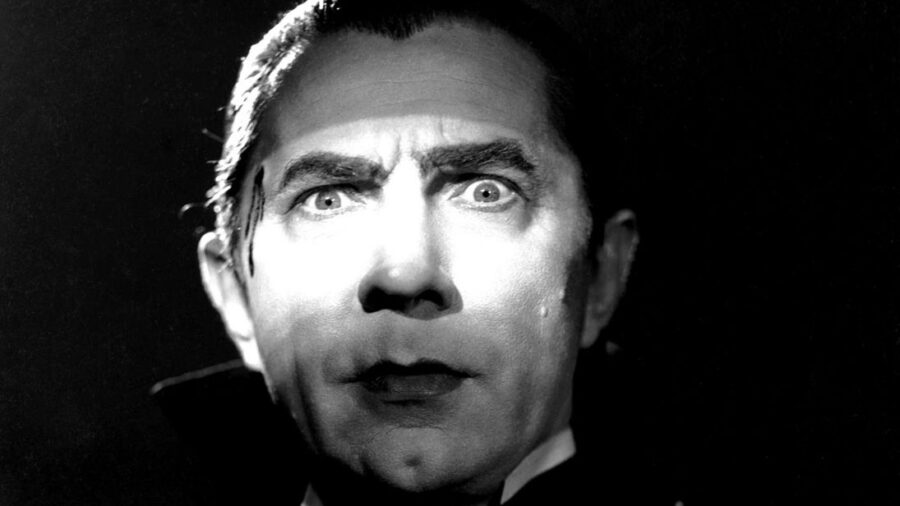
Mark of the Vampire was the first time Bela Lugosi donned his vampire cape on screen since he starred in the 1931 classic Dracula. The film reunited Lugosi with Dracula director Tod Browning, who made a name as a master horror filmmaker in Hollywood beginning in the silent era. In fact, Mark of the Vampire seemed quite familiar to 1930s audiences, as Browning took much of the plot and the twist ending from a previous project he directed in 1927.
A Remake Of The Most Sought-After Lost Silent Film
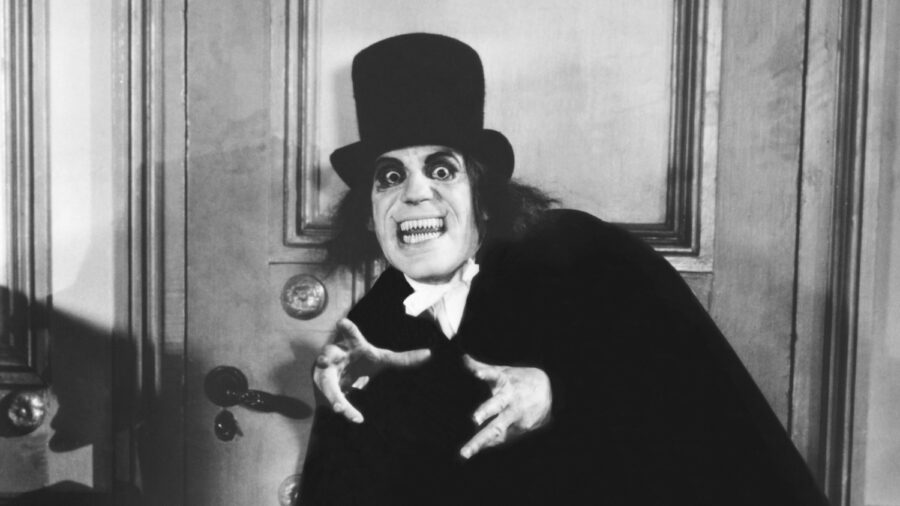
That year, Browning was at the helm of London After Midnight. The film opens with the murder of a wealthy English gentleman, whose demise is soon believed to be due to a vampire. Throughout the film, much of what Browning would later contrive for Mark of the Vampire is quite evident, including the twist ending.
Sadly, the only known remaining copy of London After Midnight was destroyed in a fire at MGM in the 1960s. All that’s left of the film are a series of stills that feature its star, Lon Chaney, Sr., in his full makeup. But contemporary film historians have pointed out that even though London After Midnight is one of the most sought-after lost silent films, Browning likely took the same plot and turned Mark of the Vampire into an even better film than the original.
Mark Of The Vampire Is No Dracula


REVIEW SCORE
Mark of the Vampire has some chilling elements to it, but overall, the film lacks the robustness of Browning’s Dracula. Atwill and Barrymore deliver on screen, and Elizabeth Allan brought her stage actress experience full tilt in one of her greatest film performances. Lugosi seems right at home in his typecasted Count Dracula role, and serves as the main reason why many audiences took the time to see it.
Rating Mark of the Vampire by modern standards wouldn’t do a single film of that era a bit of justice, as the style of acting and filming techniques have shifted greatly in the decades since the peak of Universal Horror. The movie is worth the watch, though if you expect it to have the same bite (pun intended) as Dracula or the vivid storytelling of Frankenstein (1931) or The Wolfman (1941), you’ll likely walk away disappointed.
With that in mind, Mark of the Vampire is something that lovers of classic horror should see but will likely have the memory of it fade over time.
You can rent Mark of the Vampire on AppleTV, Vudu, Prime, or GooglePlay.

